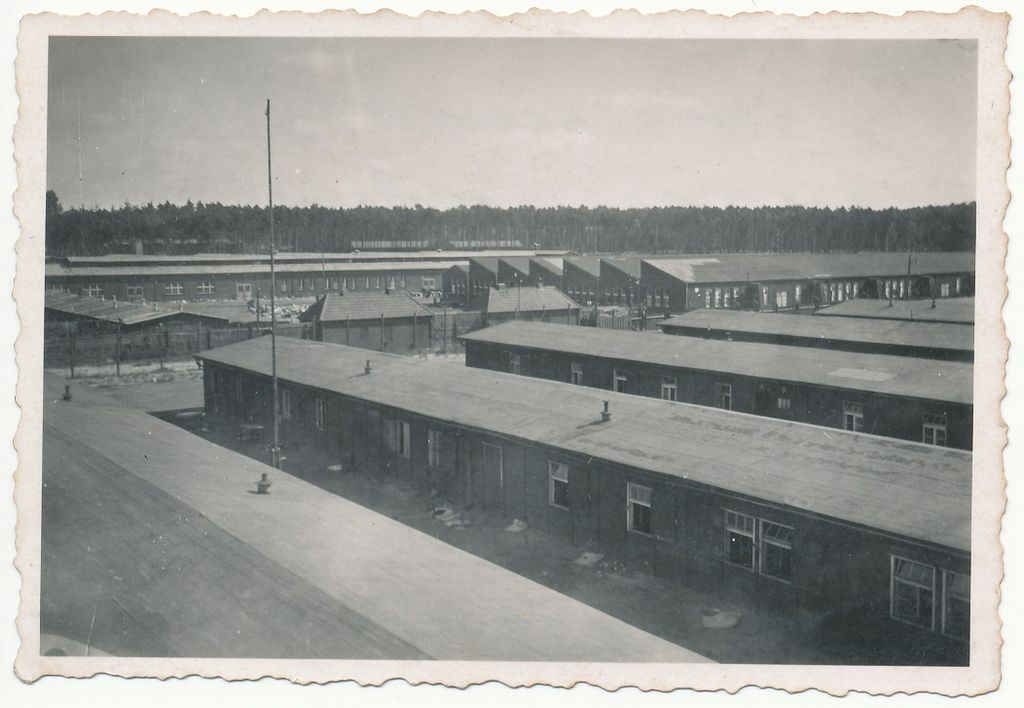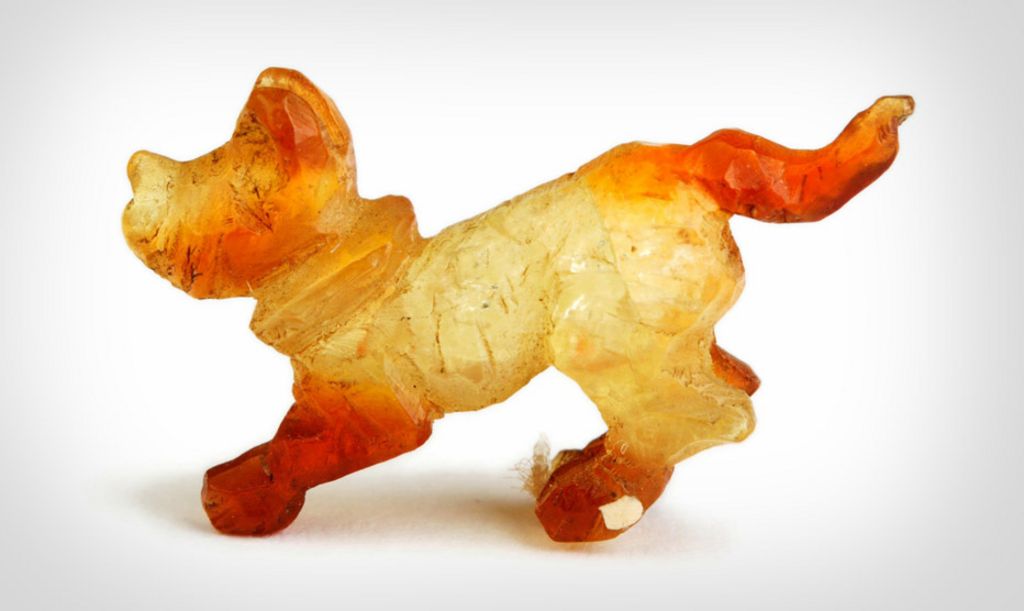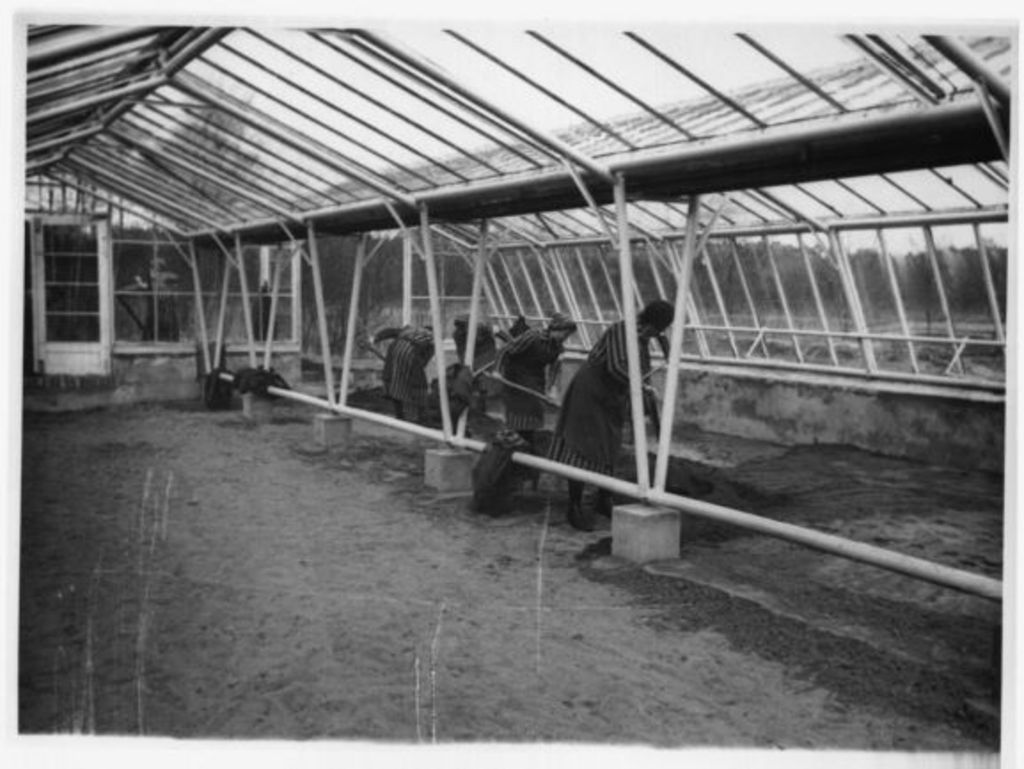The men's concentration camp within the Ravensbrück camp complex
One of the comparatively little-noticed aspects of the history of the Ravensbrück concentration camp complex is the so-called men's camp. Between 1941 and 1945, more than 20,000 male prisoners were incarcerated in Ravensbrück and, from 1943, in the subcamps, who were primarily exploited by the SS to build and expand the infrastructure of the camp complex. Almost 80 years after the liberation, still little is known about the men's camp, its role in the camp complex and the conditions for the prisoners there.
Since June 2023, the Ravensbrück Memorial has been running a two-year online exhibition project on the men's camp. The aim is to close research gaps, raise public awareness about the topic and integrate the history of the men's camp adequately into the memory of Ravensbrück.
More Information
Materials-Relationship-Gender. Artefacts from Ravensbrück and Sachsenhausen Concentration Camps
The growing relevance of visual and material testimonies for the historiography of the Nazi concentration camps, and their future importance in educational work in the field of political history, are the starting point for this research project. The depots of Ravensbrück and Sachsenhausen memorial sites contain over 900 artefacts, including cigarette holders, miniatures carved out of toothbrush handles, illustrated address books and notebooks, and hand-embroidered cloths.
These objects shall be systematically and comparatively examined in the framework of the research project. The research will investigate the methods of production, the significance, and the socio-cultural functions of the artefacts as well as their subsequent utilization and collection histories. The focus will be on agency in the sense of social behaviour in situations of brutal control and constraints, with reference to the multi-relational category of gender.
Subsidiary projects will investigate the artefacts first of all in terms of their motifs and iconography and the biographies of the producers and collectors; second, the social relationships and networks in the camp connected with the artefacts will be analysed; and third, the characterisation of the material used and its provenance, along with the production techniques, will be examined in detail. Additionally, conservational concepts for different groups of materials will be developed in teaching projects.
By interlinking research perspectives in the fields of cultural science, materials and technological history and conservation, the Stiftung Brandenburgische Gedenkstätten / Brandenburg Memorial Foundation and the Hochschule für Technik und Wirtschaft / University of Applied Sciences Berlin will illuminate the material testimonies from the concentration camps in all their many aspects. This will contribute to the interdisciplinary research debate on witnesses of truth and testimonies of victims of Nazi persecution.
Planned results of the project include two monographs, an interdisciplinary workshop and an international conference, as well as an online databank and development of an exhibition concept for presentation of the objects and working results.
Visit our weblog www.kz-artefakte.de
Case study on SS experimental farms and the German Research Institute for Food and Nutrition 1939-1945
This project examined Nazi agricultural policy in its technical and ideological setting, its objectives, and its contradictions through the case of an SS organization, the German Research Institute for Food and
Nutrition (Deutsche Versuchsanstalt für Ernährung und Verpflegung GmbH, DVA). The research addressed, firstly, the role of the DVA – and DVA-operated experimental farms in the concentration camps and occupied
Territories – in agricultural planning and policy-making, for example in autarky, eastward expansion, and food supply or targeted non-supply (“starvation plans”). Secondly, the team investigated the links between the DVA, the Reich Ministry of Food and Agriculture, and the Reich Food Estate.
The project had three focal points. (1) A case study of the three DVA experimental farms attached to the Ravensbrück camp, Comthurey, Brückentin and Ravensbrück, shed light on their institutional history, their social and labour-related dimensions, the exchanges between them, and their use of camp inmates’ forced labour. The characteristically Nazi contradictions between agricultural vision and practice are of particular interest, as is the aspiration to autarky in the planned expansion into the East. (2) The DVA’s role in Nazi agriculture has been studied with regard to its goals and to its structure and identity within the SS system. The research also addressed DVA production in the occupied territories and concentration camps, the cultivation and testing of food substitutes, the DVA’s influence on the war economy, and its part in the development of settlement models and utopias. To tease out the division of labour among the various DVA operations, the experimental farms in Ravensbrück have been compared with those in Auschwitz, Dachau and the SS Institute for Plant Genetics, Lannach. (3) The network of relationships between the DVA and other institutions active in agricultural policy (Reich Food Estate, Reich Ministry of Agriculture) has been researched in detail.



